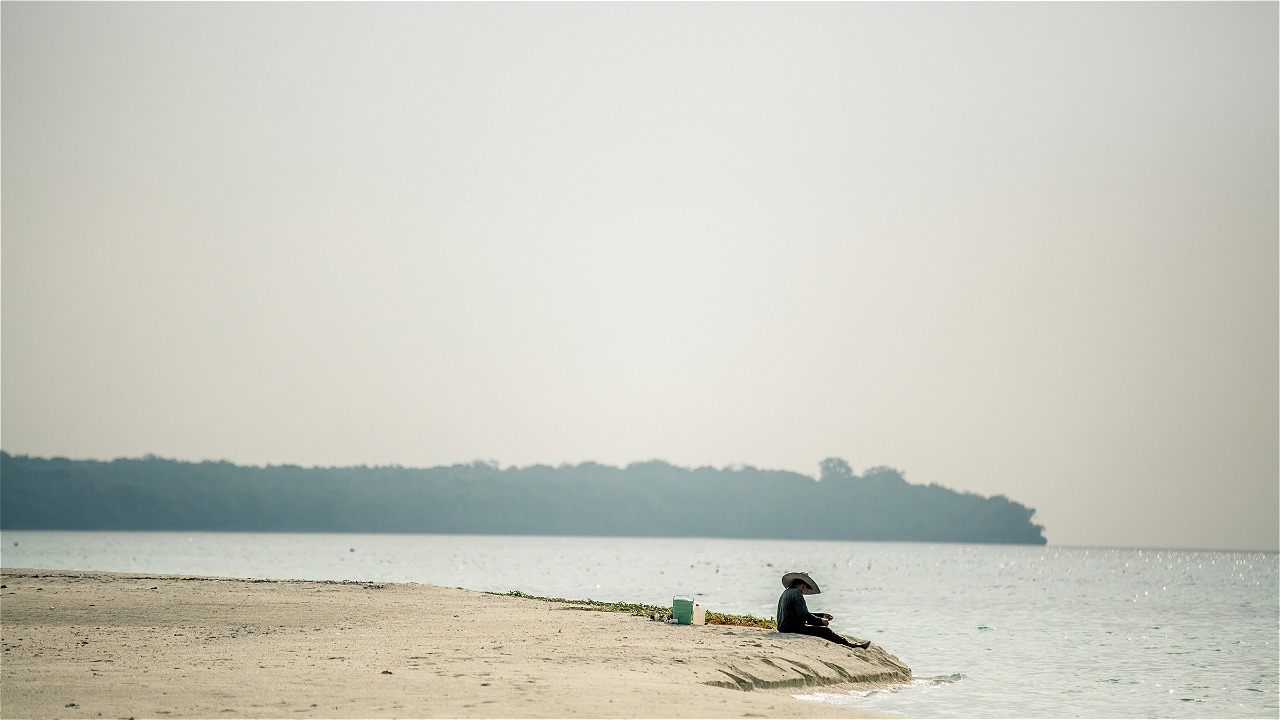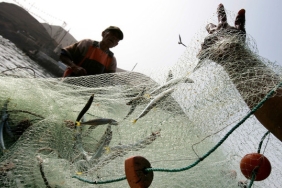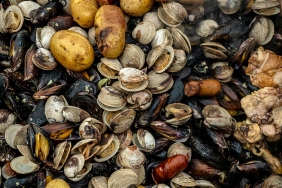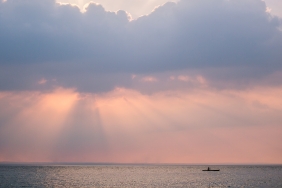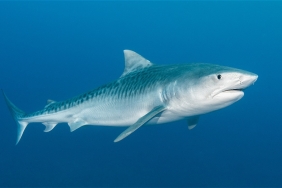YOT, A FORM OF SASI EXISTENCE FOR SUSTAINABLE NATURE
Authors: Faridz Rizal Fachri (Fisheries Business Officer), Irvan Ahmad Fikri (Fisheries Science Officer), and Rizal (Community Right Based Management Officer) of Inner Banda Arc Subseascape (IBAS) Program, WWF-Indonesia.
Natural resource management has actually been applied since long ago by the ancestors of the Indonesian people based on local wisdom in a community. Sasi-- the restriction of resource utilization through the prohibition of taking marine resources within a certain period of time--is a legacy of our predecessors' thinking in natural resource management. Therefore, sasi can be categorized as Indigenous Conservation Community Areas (ICCAs) that are aligned with the existence of significant biodiversity values and are voluntarily managed by local communities in an area through customary arrangements or other effective means (IUCN, 2010). However, the existence of sasi as one of the local wisdom from Maluku is threatened to be lost due to the collapse of local knowledge and cultural changes. In addition, the history of sasi has been lost so that no one knows who started it and no one has recorded it. On the other hand, the practice of sasi can still be found through the story of yot and the Kingdom of Ohoi Werka in Southeast Maluku.
The Story of Yot and the Kingdom of Ohoi Werka
The Kingdom of Ohoi Werka, a territory on Kei Besar Island, Southeast Maluku, is an indigenous community that consistently applies sasi in the management of marine and land resources in their petuanan area, which in the local language is called yot. Yot for marine petuanan areas focuses on tembang fish (Sardinella sp), lola (Trochus niloticus), batu laga (Turbo marmoratus), and several types of sea cucumber. Fish utilization in the yot area can only be done with fishing rods. People outside Ohoi Werka can participate, but must get permission from the rat or king and the head of Ohoi and his apparatus. The open-close system of yot can be carried out periodically based on the results of a customary meeting attended by the rat, Saniri Agency, Metuduan (betel nut carrier), and marinyo (conveyer of information to all Ohoi Werka indigenous people).
The monitoring function of yot involves all components of the community. If this rule is violated, the violator will be subject to customary sanctions in the form of one lela (Dutch or Portuguese heritage cannon), customary gold (earrings, bracelets, and necklaces), clothes and cloth, and five million rupiah in cash. Clothes and cloth are included in the fine because it is considered to have stripped Ohoi Werka of his non-compliance with the customary rules that have been made. If the sanction is not fulfilled, it can result in the violator falling ill or even dying. This context is referred to as traditions, myths, & taboos by Gleser et al., (2010)[1] in top-down management of Marine Protected Areas (MPAs) which is often more effective than formal rules.
The Presence of Yot on the Fish Resources of Ohoi Werka Kingdom
The existence of yot actually indirectly forms a no-take area that contributes to the sustainability of fish resources and community welfare in the future. This context in economics is referred to as a positive externality. WWF-Indonesia through the Inner Banda Arc Subseascape (IBAS) program supports the implementation of yot by conducting a scientific approach as a recommendation for the management of ICCAs in Ohoi Werka Kingdom. This includes exploring the possibility of implementing a Territorial User Right Fishing (TURF) system into them. The existence of sasi strengthened with a scientific approach is expected to be one of the solutions in the regulation of locally-based natural resources. This is done to overcome and prevent the tragedy of the commons that often occurs in patterns of utilization that are open access.
[1] http://www.icrs2012.com/proceedings/manuscripts/ICRS2012_22A_2.pdf

